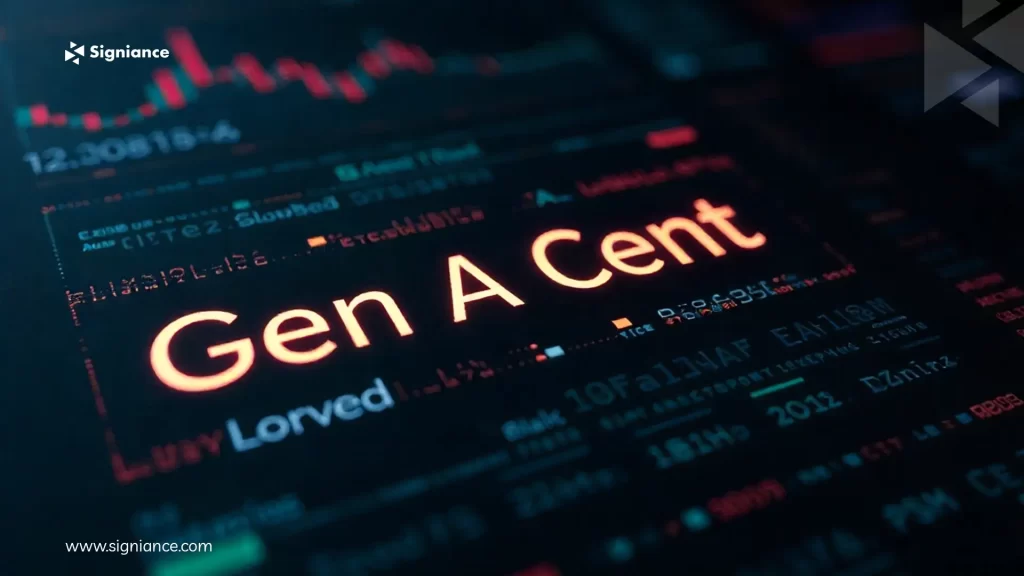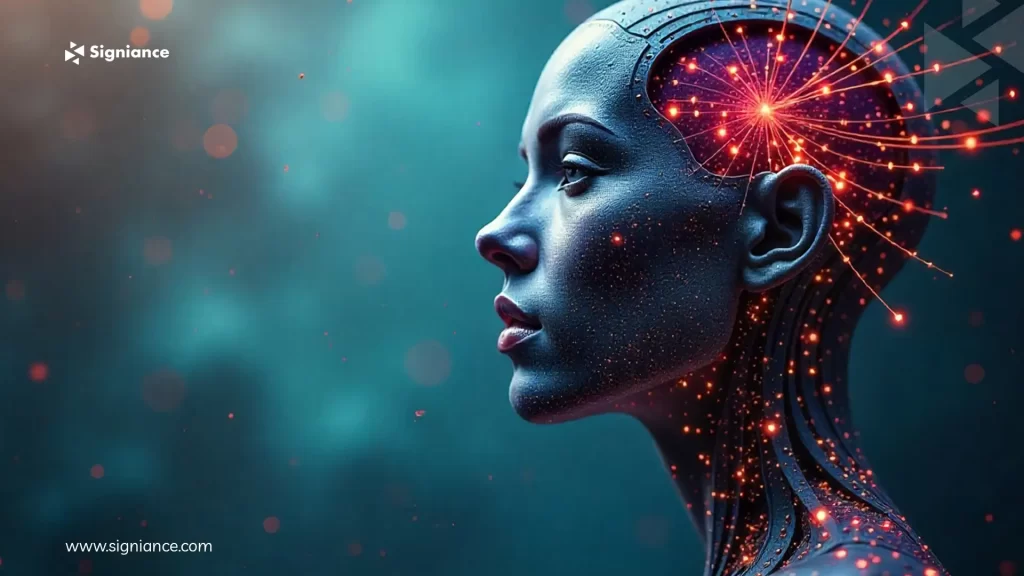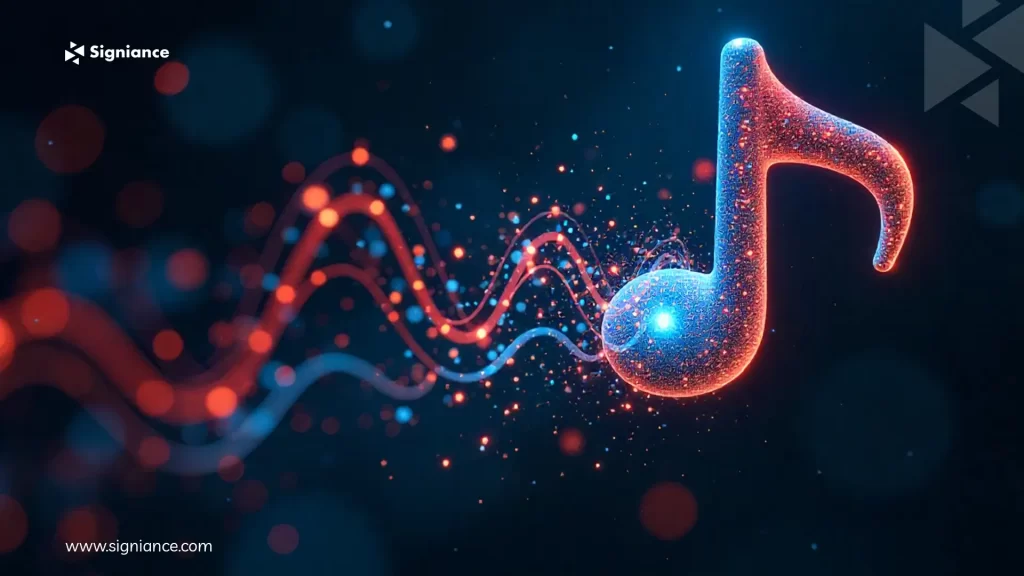Key Takeaways
- Generative AI is no longer experimental; it’s a game-changer for creating text, images, music, and more.
- Businesses, creators, and startups are using it to create faster, smarter, and cheaper.
- Real-world use cases range from AI-written blogs to AI-composed music and AI-generated designs.
- Adoption comes with responsibilities: copyright, originality, and bias must be handled carefully.
A few years ago, the idea of asking a computer to write you a poem, paint a realistic portrait, or compose a music track sounded like pure science fiction.
Fast forward to 2025, and this is not just possible, it’s something anyone with an internet connection can do in seconds.
Generative AI is the force behind this change. It uses advanced AI models to create original content, whether it’s text, images, or music, based on your instructions. You give it a prompt, and it gives you back something completely new.
And here’s the best part: you don’t need to be a tech wizard to use it anymore. Big companies, small startups, freelancers, and even students are harnessing these tools daily.In this blog, we’ll explore how Generative AI is shaking up three creative pillars, writing, visuals, and music, and what that means for all of us.
1. Generative AI for Text Creation

The Magic Behind It
Generative text tools are powered by Large Language Models (LLMs), such as ChatGPT, Claude, or Amazon Titan. They’ve been trained on vast amounts of text so they can understand context, tone, and intent, and produce content that reads like a human wrote it.
Where It’s Being Used
- Marketing Content: Need an Instagram caption, blog draft, or email campaign? AI delivers in seconds.
- Customer Support: Chatbots are now giving personalised, friendly answers that actually make sense.
- Scripts & Stories: From YouTube scripts to business presentations, AI helps plan and polish content.
- Documentation: No more boring, lengthy manual writing, AI does the heavy lifting.
Popular Tools
Pro Tip: The real magic happens when you combine AI with your own creativity; it’s like having a personal assistant who never sleeps.
2. Generative AI for Image Creation

How It Works
Instead of spending hours designing, AI-powered image generators like Midjourney and DALL·E can turn your words into visuals. You tell it: “Create a futuristic city at sunset with flying cars”,and boom, it’s ready in seconds.
Where It’s Being Used
- Marketing & Ads: Eye-catching banners, social media visuals, and ad creatives.
- Product Prototypes: Early design mockups for new products.
- Entertainment & Games: Character design, fantasy landscapes, and concept art.
- Custom Artwork: Personalised wedding invites, book covers, or wall art.
Popular Tools
Why it’s game-changing: You can go from idea → visual → execution in minutes, not weeks.
3. Generative AI for Music Creation

How It Works
AI music tools analyse thousands of hours of music, melodies, rhythms, and genres, then generate completely new compositions based on your input. Want a relaxing jazz track or high-energy EDM beat? Just describe it.
Where It’s Being Used
- Background Scores: Perfect for YouTube videos, ads, and podcasts.
- Personalised Playlists: AI creates music for specific moods or activities.
- Songwriting Partner: Artists use AI for brainstorming melodies and lyrics.
Popular Tools
Fun fact: Some AI-generated music has already been released commercially,and audiences couldn’t tell the difference.
4. Why This Matters Across Industries
Generative AI is not just for creators; it’s helping every industry:
- Marketing: Instantly create campaigns, visuals, and ad copy.
- Education: Build engaging learning materials, visuals, and explainer videos.
- Healthcare: Summarise medical notes and create patient-friendly content.
- Startups: Launch products faster by cutting down creative production time.
5. The Ethics We Can’t Ignore
Generative AI is powerful, but it comes with big questions:
- Copyright Ownership: Who owns AI-generated content, you or the tool’s creator?
- Bias in Content: AI can unintentionally reflect social biases.
- Transparency: Should AI-created work always be labelled?
These are the conversations shaping AI regulation right now, and every business using AI should be paying attention.
6. What’s Next?
We’re moving towards multimodal AI, tools that can handle text, image, audio, and video creation together.
Imagine telling AI: “Create a 30-second video with a city skyline, background music, and a voice-over introducing my brand”, and having it ready instantly.
The future isn’t about replacing creativity, it’s about amplifying it.
Final Thoughts
Generative AI has made the leap from futuristic novelty to everyday business necessity. Whether it’s writing high-quality content, creating stunning visuals, or composing music, these tools are opening up creative possibilities we’ve never had before.
The takeaway? AI won’t replace your creativity; it will supercharge it.
Want to see real-world examples, tool comparisons, and step-by-step guides for using these applications in your business?
